

Shaky New Zealand About 14,000 earthquakes are recorded in and around New Zealand every year. Fortunately, most of them are too small for us to feel at the surface. However, many of us have felt ...
READ MORE

During tectonic plate movements, strain is placed on the land around us. The strained materials deform in one way or another as energy is released by earthquakes, faults and folds. These forces ...
READ MORE
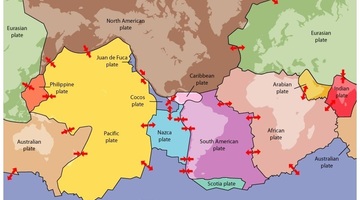
We can blame plate tectonics for many catastrophes over time – earthquakes, volcanoes, geothermal activity, tsunamis and landslides – while people living on mountain ranges or small islands can ...
READ MORE

Aotearoa New Zealand is a geologically active country. We feel the big jolts from earthquakes, but there are some minute Earth movements that we didn’t know were taking place beneath our feet ...
READ MORE
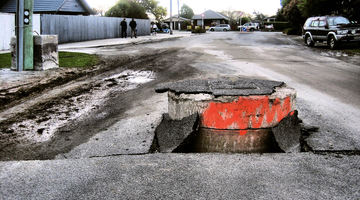
The series of activities described below was designed to help students develop an understanding about earthquakes in New Zealand, including why we get them and how we measure them. The world of ...
READ MORE
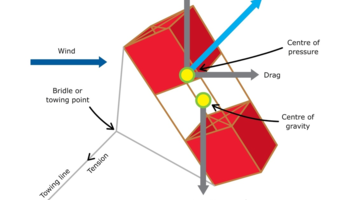
Are you looking for ways to teach forces? If you’re new to the Science Learning Hub, you may want to start with our introductory video on teaching physics. Help, I’m teaching physics Discover ...
READ MORE
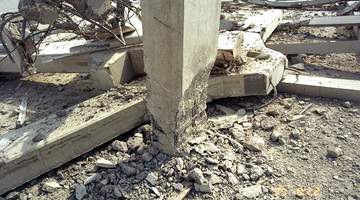
About 14,000 earthquakes are recorded in and around Aotearoa New Zealand every year. Canterbury’s 7.1 and Kaikōura's 7.8 magnitude earthquakes and subsequent aftershocks show the constant threat ...
READ MORE

These science resources – written specifically for the junior school (level 1 and 2) develop science ideas about water; melting and freezing; solids, liquids and gases; bubbles; earthquakes ...
READ MORE
Learning about the physical world includes learning about physical phenomena, how they interact and ways in which they can be represented. This helps students understand a wide range of ...
READ MORE
Caldera volcanoes are violent eruptions that throw magma, ash and rock across large areas. After the eruption, the volcano collapses into the space left by the empty magma chamber, forming a very ...
READ MORE
Using satellite and GPS technology, scientists can gather real-time data about the movement of the Earth’s crust. Some of this movement is so small it is not felt on the land, but it provides ...
READ MORE
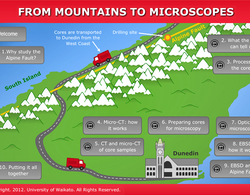
In this interactive follow a core sample as it makes its journey from the Alpine Fault to microscopic examination. Click on the labels for more information. Select here to view the full ...
READ MORE
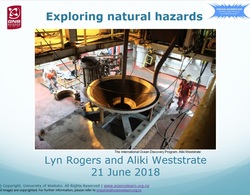
This is the slideshow that supports the Exploring natural hazards PLD webinar. Use the Slideshow menu for further options, including view full screen, and go here for the download option.
READ MORE
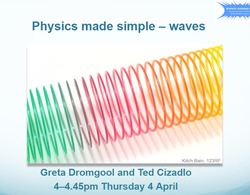
This slideshow from the webinar Physics made simple – waves provides additional support for the video tutorial. Use the Slideshow menu for further options, including view full screen, and go here ...
READ MORE